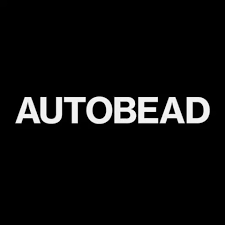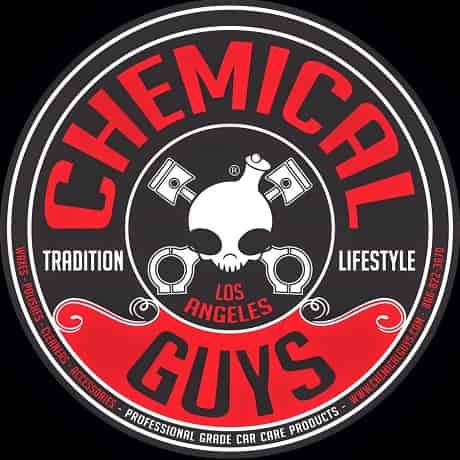Iron Fallout removal – what it is?
What is iron fallout removal, and why should we do it? I will try to answer these questions in the article below.
Iron Fallout removal is the process of removing metallic impurities from a surface. It is one of the fundamental processes in car detailing, carried out during the deep cleaning process of the exterior of a vehicle before paint correction or maintenance. We can remove iron-based contaminants from rims and the car paint surface. But what are these metallic impurities?
Metallic impurities include brake pads dust, industrial deposits and volatile rust. They are often invisible to the naked eye, especially in a dark colour, but we can feel them by moving our hands over the paint. Iron fallout accumulates on the paint surface all the time during driving. However, we can remove it relatively quickly. So take a read at what iron fallout removal is.
Why should we do it?
Car paint without the proper maintenance is usually not perfectly smooth. If we run over it with our hands, we can feel slight unevenness. When performing car detailing, the goal is to make the paint surface as smooth as possible to obtain the best gloss, slipperiness, and hydrophobicity. Why do we remove metallic impurities before each waxing or paint correction? It is worth carrying out such a procedure at least twice a year. Thanks to immaculate paintwork, we gain more extended durability of the wax and its better properties – the surface is smoother and cleaner. In the case of paint correction, we improve the efficiency of polishing and extend the durability of the polishing pads’ because they do not accumulate dirt that could “clog” them and weaken their performance.
Products for removing metallic impurities are called iron or fallout removers. They work characteristically by turning the brake dust purple, causing the so-called bleeding effect. Another characteristic feature is their unpleasant smell, most often referred to as the smell of rotten eggs. Fallout removers can have a different consistency, from completely liquid to almost gel-like.
Liquid type products will be the best for iron fallout removal from the paintwork because they are easiest to distribute evenly over a large surface—for example, ADBL Vampire Liquid or Good Stuff Iron Remover. Gel type fallout removers are more suitable for wheels. However, it is worth remembering that not every bleeding rim cleaner will be ideal for the paintwork. Products dedicated just for rims may contain additives that dissolve other types of dirt and may not be entirely safe for the paintwork.
How to remove brake dust from paintwork?
We apply the fallout remover onto the entire car’s surface because metal-based contaminants are on the whole surface. The application should be performed after the wash and tar removal stage when the vehicle is free of road dirt and tar. We achieve the best effectiveness by applying it to a dry surface; however, good quality iron removers. For example, ADBL Vampire Liquid or ADBL Vampire Light work well on the wet surface as well.
Spray a light mist on the paintwork. Wait the time recommended by the manufacturer, making sure that the product does not dry on the surface. In the case of a heavily contaminated surface, we may need to leave the product to work longer, or sometimes a second application of the product may be necessary. Then rinse it thoroughly with water under pressure. After such treatment, it is worth rewashing the car with a shampoo to remove the remnants of the product from the surface.
How to decontaminate the wheels?
A place where metallic contamination is particularly abundant is usually wheels. For the iron fallout removal of rims, we can choose the same product as for the paintwork. In the case of heavily contaminated rims ( powder coated or painted), we can also reach for more robust cleaner, for example, Autopia Blast ( Acid based wheel cleaner) or Autopia Wheel Bright ( Alkaline-based wheel cleaner). It is good practice to use fallout remover after cleaning the wheels with alkaline or acid wheel cleaner to neutralise the PH of the strong cleaner. We should only use pH neutral cleaners for cleaning delicate wheels with chrome or polished aluminium finish; iron fallout removers are ideal.
It is worth rinsing the rims thoroughly with water under pressure to remove loose dirt from them during the pre-wash stage. Then we apply the product on the wheel and wait for it to work. In the case of rims, we will often have to agitate the dirt with a brush. Iron fallout on the wheels is usually more challenging to remove. To clean all nooks and crannies, we typically need a brush to clean all nooks and crannies.
Iron removal is a necessary step in the detailing process. It is not particularly complicated, so it is worth doing it regularly before each waxing or paint correction. However, remember that we should never use iron removers on hot panels; it could stain the surface.














